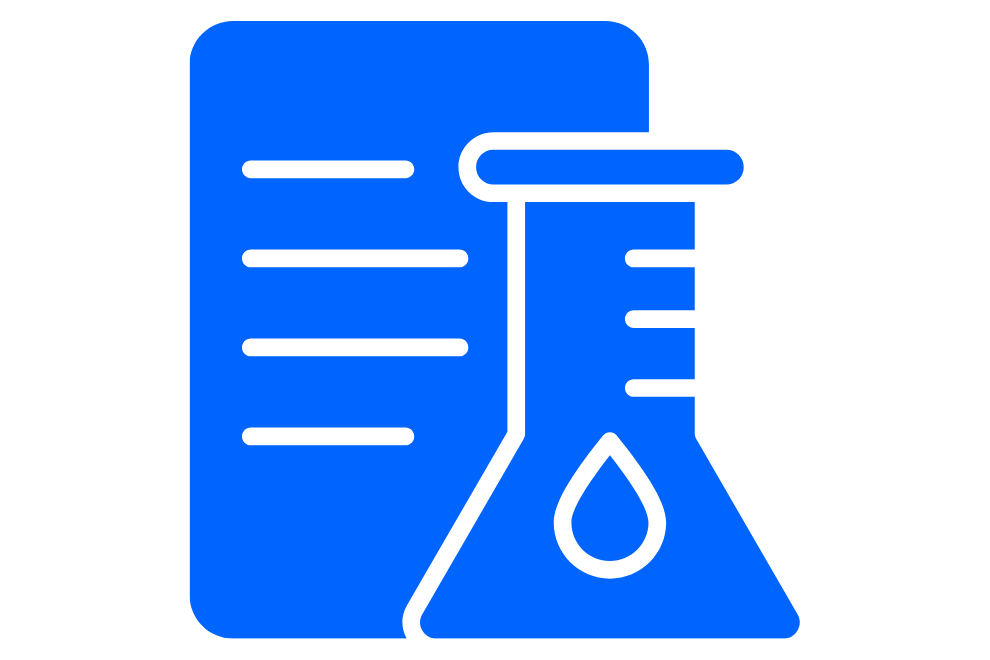Laboratory Document Control: A Comprehensive Guide

When it comes to laboratory operations, document control is crucial in ensuring the accuracy and reliability of data.
In this comprehensive guide, we will take you through everything you need to know about laboratory document control.
From understanding its significance in a laboratory setting to deciphering the difference between documents and records, we’ve got you covered.
We’ll also guide you through navigating the regulatory landscape for laboratory document control and provide best practices for managing lab documents.
Additionally, we’ll explore how technology plays a vital role in streamlining quality management and whether investing in laboratory document control software is beneficial.
So if you’re looking to optimize your lab’s performance, keep reading for an expert’s insight into document control.
Understanding Laboratory Document Control
Laboratory document control plays a crucial role in the proper management of documents and records within a laboratory setting.
By implementing document control systems, organizations can significantly improve efficiency and compliance with regulatory requirements.
This involves creating, reviewing, approving, and distributing various types of documents to ensure accuracy and consistency.
NLP terms such as document control, control system, document management system, quality management, and ISO are all integral to the effective implementation of laboratory document control.
It is through careful control and management of documents that medical laboratories and testing companies can maintain their quality manual, adhere to regulations such as Clinical Laboratory Improvement Amendments (CLIA), and address any deviations that may arise.
Significance of Document Control in a Laboratory
Maintaining data integrity and accuracy is paramount in a laboratory setting, and this is where document control plays a crucial role.
By implementing effective document control measures, laboratories are able to ensure compliance with regulatory requirements, such as CFR Part 11.
Document control systems enable the management of document revisions, ensuring that the most up-to-date versions are always accessible to laboratory staff.
This is especially important for accredited medical laboratories and testing companies, which must adhere to strict quality assurance guidelines.
Additionally, document control facilitates the validation process by providing a reliable and controlled platform for the review and approval of documents.
By utilizing document control practices and tools, laboratories can streamline their operations and maintain the highest level of data integrity and accuracy.
Deciphering the Difference Between Documents and Records in a Laboratory
Documents and records play distinct roles in laboratory operations. While documents contain essential information, records serve as evidence of activities conducted.
Documents are subject to revisions to accommodate changes, ensuring that they remain accurate and up-to-date.
On the other hand, records should be maintained unchanged, serving as reliable proof of past actions and results.
Microsoft Word is often utilized for document creation and management.
Proper record-keeping is fundamental for meeting regulatory requirements and demonstrating compliance.
Effective management of both documents and records is critical in medical laboratories, testing companies, and other settings.
By understanding the difference between documents and records, laboratory staff can ensure proper documentation and adherence to quality standards.
Types of Laboratory Documents that Require Control
Laboratory document control encompasses various types of documents that require meticulous management to ensure the smooth functioning of a laboratory.
One such type is standard operating procedures (SOPs), which outline specific protocols for various processes and experiments conducted in the laboratory.
These SOPs play a crucial role in maintaining consistency and accuracy in the laboratory’s operations.
Another type of document that requires control is calibration procedures.
These procedures ensure the accuracy and functionality of the equipment used in the laboratory.
By regularly calibrating specific equipment, laboratories can maintain the integrity of their testing processes and ensure reliable results.
Incorporating effective document control practices for these types of laboratory documents is essential for ensuring quality and compliance with regulatory standards.
Navigating through the Regulatory Landscape for Laboratory Document Control
Regulatory compliance plays a crucial role in the smooth operation of laboratories.
Meeting regulatory requirements ensures that laboratory processes and practices align with established standards.
To achieve this, laboratories can utilize quality management systems that provide a framework for document control and quality assurance.
These systems help monitor and manage laboratory documents, ensuring that they adhere to regulatory guidelines.
By implementing a robust quality management system, laboratories can effectively navigate through the complex regulatory landscape and ensure compliance with industry standards.
This includes maintaining accurate records, following proper procedures, and addressing any deviations promptly.
Efficient document control is essential for medical laboratories, testing companies, and other organizations involved in laboratory operations.
Best Practices for Managing Laboratory Documents
When it comes to managing laboratory documents, implementing best practices is crucial for maintaining efficiency and compliance.
One key practice is establishing a well-defined workflow for document creation and review.
This ensures that documents are consistently and accurately developed and reviewed by the necessary stakeholders.
Additionally, conducting regular audits is essential for ensuring document compliance.
Audits help identify any deviations or non-compliance issues, allowing for timely corrective actions to be taken.
By incorporating these best practices into your laboratory’s document control process, you can enhance the overall quality management system and ensure regulatory compliance.
The Role of Technology in Laboratory Document Control
Electronic systems play a crucial role in streamlining laboratory document control processes.
By leveraging electronic equipment, medical laboratories, and testing companies can automate various aspects of document management, resulting in increased efficiency and accuracy.
One such system is SharePoint, which provides a centralized platform for document management.
This document management system allows laboratory staff to store, organize, and share documents easily.
With the help of advanced technologies like Natural Language Processing (NLP), these systems can even assist in categorizing and retrieving documents based on specific keywords or topics.
By embracing technology and implementing robust document control software, laboratories can effectively manage their quality manuals, ensure compliance with regulatory requirements like the Clinical Laboratory Improvement Amendments (CLIA), and minimize the risk of deviations.
How does Efficient Document Control Streamline Quality Management?
Efficient document control in a laboratory plays a crucial role in streamlining quality management.
It ensures adherence to quality standards, facilitates traceability, and promotes accountability.
By implementing an effective document control system, laboratories can enhance their quality management practices and ensure the delivery of accurate and reliable results.
Is Investing in Laboratory Document Control Software Beneficial?
Investing in laboratory document control software can greatly benefit your lab.
This software simplifies document management, improves collaboration, and enhances the accessibility of documents.
It also aids in record-keeping and integrates with electronic equipment, optimizing workflow efficiency.
Frequently Asked Questions
Conclusion
In conclusion, effective laboratory document control is essential for maintaining the integrity and accuracy of scientific data and ensuring compliance with regulatory requirements.
By implementing robust document control processes, laboratories can enhance quality management, improve efficiency, and reduce the risk of errors and non-compliance.
Whether it’s establishing clear procedures for document creation, review, and approval or utilizing advanced software solutions for streamlined document control, laboratories must prioritize document control as a critical aspect of their operations.
Investing in laboratory document control software can provide numerous benefits, such as version control, audit trails, and automated workflows.
By embracing technology and adhering to best practices, laboratories can achieve a higher level of document control and ultimately enhance their overall quality management system.

